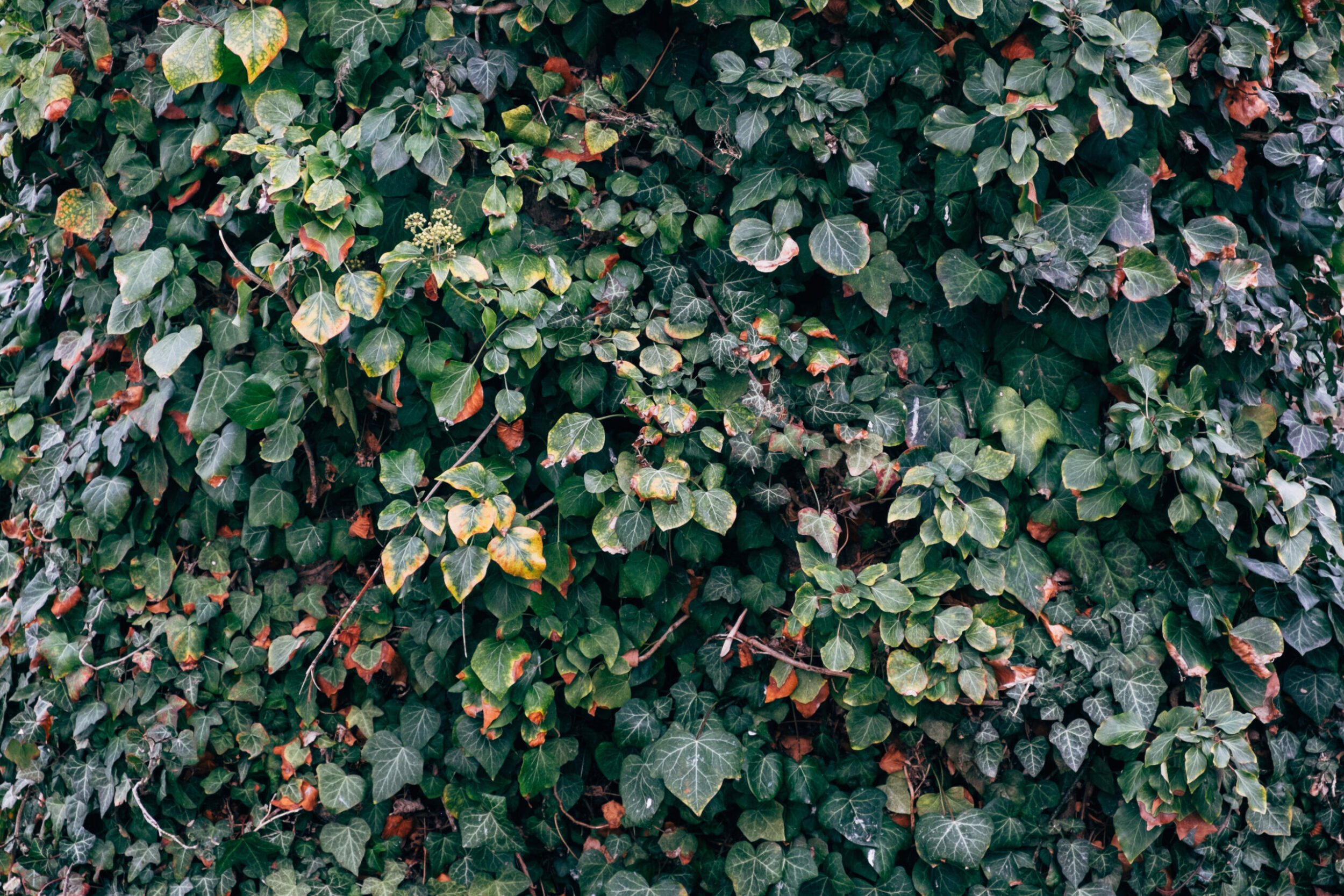Great Bustard
Forum Pro
- Messages
- 28,369
- Solutions
- 17
- Reaction score
- 34,046
No, that is not what the poll is asking.How about those of us that choose a lower ISO and adjust our exposure settings to saturate the sensor for ideal IQ? Sometimes this means tripod + long exposure and sometimes it means adding light.How many of you *intentionally* use a lower ISO setting than what would give you the desired brightness of the photo and brighten the photo later in post-processing to taste? I don't mean make adjustments after the fact, but *intentionally* use a lower ISO setting with the intention to brighten later.
For example, let's say f/2.8 1/200 ISO 1600 would give the photo the desired brightness. How many intentionally use f/2.8 1/200 at an ISO setting lower than 1600 and then brighten in post processing?
If your camera has an "ISOless" sensor and you're shooting in RAW, it will result with less blown highlights and no noise penalty when the proper tone curve is applied to the RAW conversion.If you are lowering ISO just to push it in post, but keep the same exposure, then you didn't accomplish anything.

